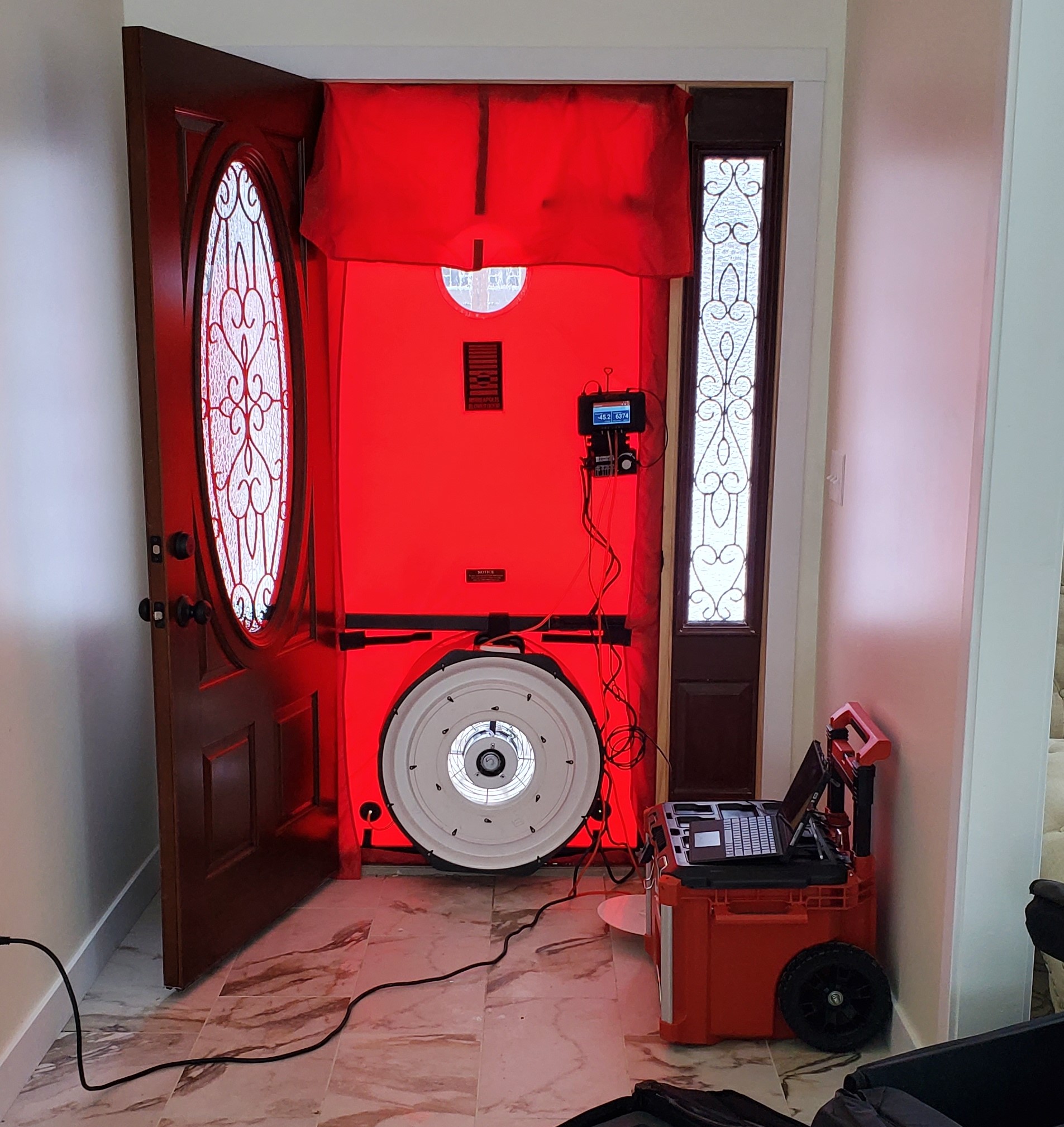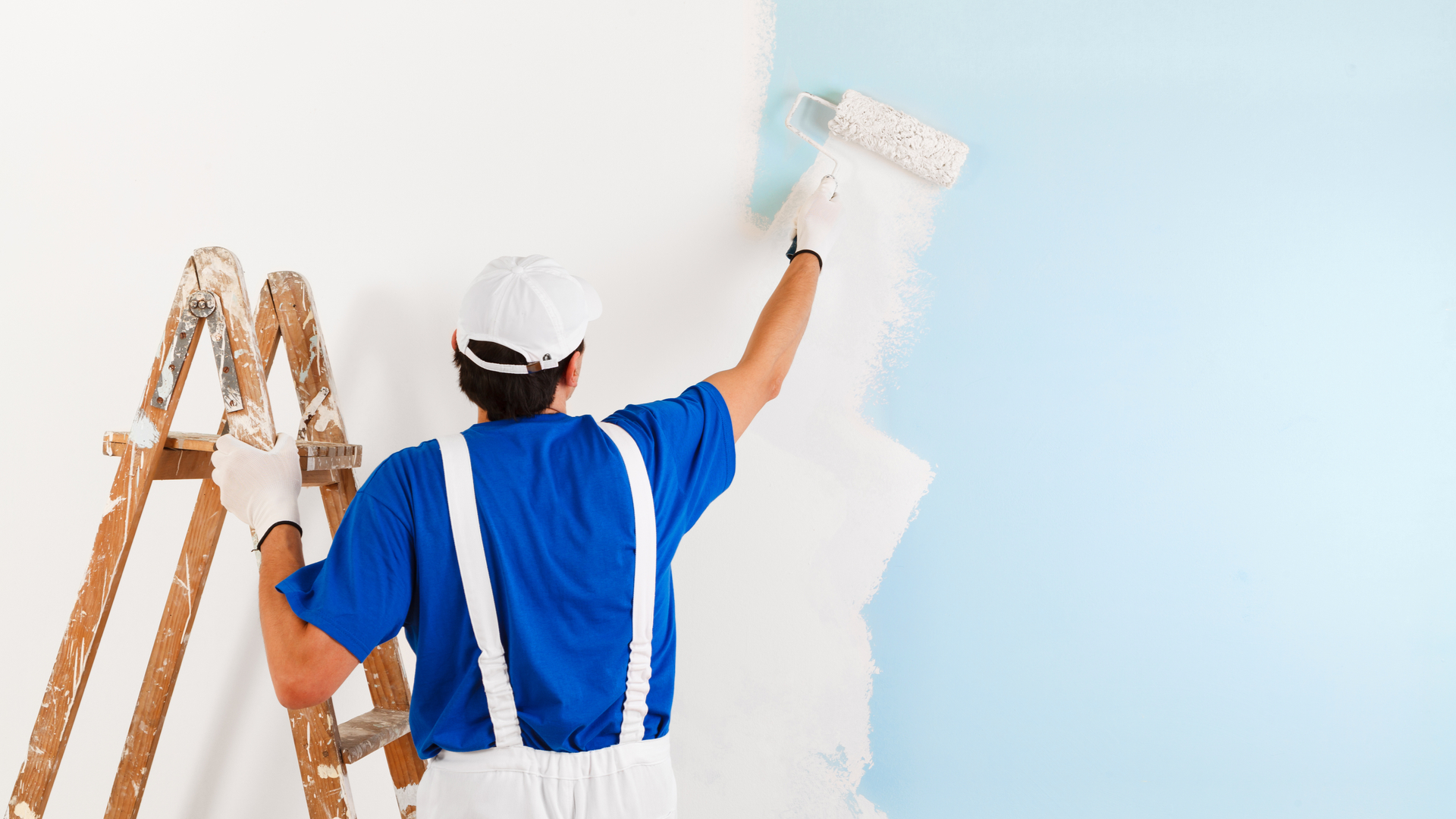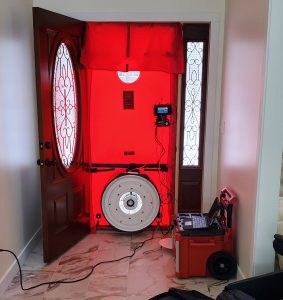How a Blower Door Test Helps Reduce Energy Costs
Introduction
Energy efficiency has become a top priority for homeowners and businesses alike. Rising utility costs, growing environmental concerns, and stricter building codes have made it essential to find ways to reduce energy consumption. One of the most effective tools for identifying and fixing energy waste is the blower door test. This diagnostic test not only pinpoints where a building is leaking air but also provides valuable insights for long-term savings. By understanding how a blower door test works and why it matters, property owners can take meaningful steps to reduce their energy costs while improving comfort and sustainability.
What Is a Blower Door Test?
A blower door test is a diagnostic procedure used to measure the airtightness of a building. It involves using a powerful fan, mounted in a temporary frame on an exterior doorway, to either pressurize or depressurize the building. By monitoring the airflow and pressure differences, professionals can determine how much air is leaking through cracks, gaps, and unsealed areas.
Key Components of a Blower Door Test
- Fan and Frame System – Creates pressure differences to simulate air leakage.
- Pressure Gauge (Manometer) – Measures the change in air pressure inside and outside the building.
- Airflow Measurement Tools – Record how much air is entering or leaving through leaks.
The results of a blower door test are expressed in terms of air changes per hour (ACH), which indicates how quickly the indoor air is replaced by outdoor air. Lower ACH values mean better airtightness, which leads to greater energy efficiency.
Why Airtightness Matters for Energy Efficiency
Air leakage is one of the leading causes of wasted energy in homes and commercial buildings. When conditioned air escapes and unconditioned air enters, heating and cooling systems must work harder, driving up energy bills.
Effects of Poor Airtightness
- Increased Energy Costs – Heating and cooling systems use more energy.
- Inconsistent Comfort – Drafts, hot spots, and cold spots appear throughout the building.
- Moisture Problems – Uncontrolled airflow can bring in humidity, leading to mold and structural damage.
- Reduced Lifespan of HVAC Equipment – Systems wear out faster due to increased demand.
A blower door test helps detect these issues so that homeowners can take corrective actions, such as sealing leaks or improving insulation, to reduce energy waste.
How a Blower Door Test Works in Practice
The process of conducting a blower door test is straightforward but highly effective.
Step 1: Preparation
All windows and doors are closed, while interior doors are left open. HVAC systems, fireplaces, and appliances are secured for safety.
Step 2: Installation
The blower door fan is set up in an exterior doorway, sealed tightly with a temporary frame.
Step 3: Pressurization or Depressurization
The fan either pulls air out of the building (depressurization) or pushes air in (pressurization). This creates a measurable pressure difference between indoors and outdoors.
Step 4: Measurement and Analysis
As the fan runs, professionals use gauges and sensors to track airflow. The amount of air required to maintain the pressure difference reveals how leaky or airtight the building is.
Step 5: Locating Air Leaks
Technicians may use smoke pencils, infrared cameras, or thermal imaging to identify specific leak points. This makes the blower door test both a measurement tool and a guide for repairs.
How a Blower Door Test Reduces Energy Costs
The direct connection between a blower door test and lower energy bills lies in its ability to highlight inefficiencies. Once leaks are identified, sealing them leads to substantial savings.
Improved HVAC Efficiency
By reducing uncontrolled air exchange, heating and cooling systems operate more efficiently. Less energy is needed to maintain desired indoor temperatures, lowering monthly bills.
Enhanced Insulation Performance
Even high-quality insulation underperforms when air leaks bypass it. A blower door test ensures insulation works as intended by reducing hidden airflow.
Lower Peak Energy Demand
Buildings with fewer leaks require less energy during extreme weather conditions. This reduces demand on HVAC systems and helps cut costs.
Long-Term Savings
Sealing leaks and improving airtightness provide benefits for years. A one-time investment in a blower door test and corrective measures often pays for itself quickly.
Blower Door Test and Building Codes
Many states, including Florida, now require a blower door test for new construction or major renovations. This ensures that buildings meet energy efficiency standards and comply with regulations such as the International Energy Conservation Code (IECC).
Benefits of Meeting Code Requirements
- Avoiding Penalties or Delays – Compliance prevents costly setbacks.
- Higher Property Value – Energy-efficient homes are more attractive to buyers.
- Environmental Responsibility – Reduced energy consumption contributes to sustainability goals.
Other Benefits Beyond Energy Savings
While reducing utility bills is the main advantage, a blower door test offers several additional benefits.
Improved Indoor Air Quality
By controlling where air enters, homeowners can minimize pollutants, allergens, and outdoor contaminants.
Greater Comfort
Sealing leaks eliminates drafts and maintains consistent temperatures in all rooms.
Noise Reduction
A tighter building envelope also helps block outdoor noise, making indoor spaces quieter.
Extended HVAC Lifespan
With reduced workload, heating and cooling systems last longer, lowering repair and replacement costs.
When Should You Get a Blower Door Test?
A blower door test is beneficial in several scenarios:
- New Home Construction – To meet energy codes and confirm quality building practices.
- Home Renovations – Especially after adding insulation, windows, or HVAC upgrades.
- High Utility Bills – If energy costs are unusually high, the test identifies causes.
- Comfort Issues – Drafts, uneven heating, or humidity problems signal leakage.
For both residential and commercial properties, regular testing ensures continued efficiency.
Common Air Leak Locations Found by Blower Door Tests
A blower door test often reveals air leaks in predictable areas, such as:
- Around windows and doors
- Electrical outlets and switches
- Attic hatches and basements
- Ductwork connections
- Plumbing and wiring penetrations
- Fireplace dampers
By targeting these problem spots, homeowners can significantly reduce energy waste.
Professional vs. DIY Blower Door Test
While some DIY kits exist, a professional blower door test is far more reliable.
Advantages of Professional Testing
- Accurate equipment and precise measurements
- Certified technicians who interpret results
- Ability to recommend targeted repairs
- Compliance with local building codes
Investing in a professional test ensures actionable insights and maximum energy savings.
Cost of a Blower Door Test vs. Energy Savings
The cost of a professional blower door test is relatively modest compared to the long-term benefits.
Factors Affecting Cost
- Building size
- Location
- Complexity of leakage points
In many cases, the savings from reduced energy bills quickly outweigh the initial expense. For example, sealing leaks found during a test can cut heating and cooling costs by up to 30%.
Choosing the Right Company for a Blower Door Test
Not all testing providers offer the same quality of service. When selecting a company, consider the following:
- Certifications – Look for Building Performance Institute (BPI) or RESNET-certified professionals.
- Experience – Providers with years of testing experience offer more reliable results.
- Reputation – Customer reviews and references demonstrate service quality.
- Additional Services – Some companies offer insulation, duct sealing, and HVAC solutions after the test.
Conclusion
A blower door test is one of the most effective strategies for reducing energy costs, improving comfort, and meeting building code requirements. By pinpointing air leaks and guiding corrective actions, it empowers property owners to make cost-saving improvements that last for years. Beyond lower utility bills, the test enhances indoor air quality, increases comfort, and supports sustainability goals. For homeowners and businesses alike, investing in a blower door test with a trusted professional service such as E-Calcs Plus is a smart decision that pays dividends well into the future.














Post Comment